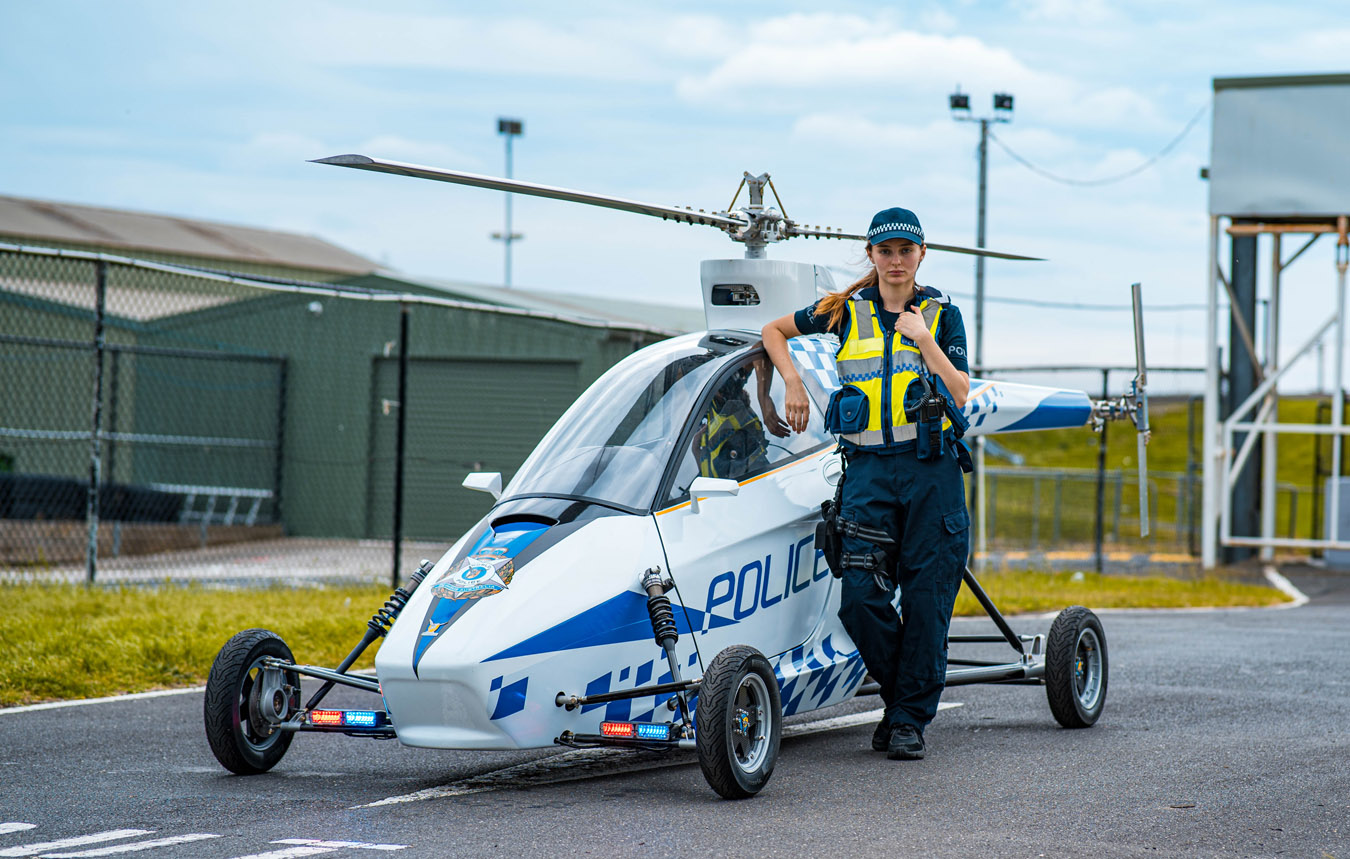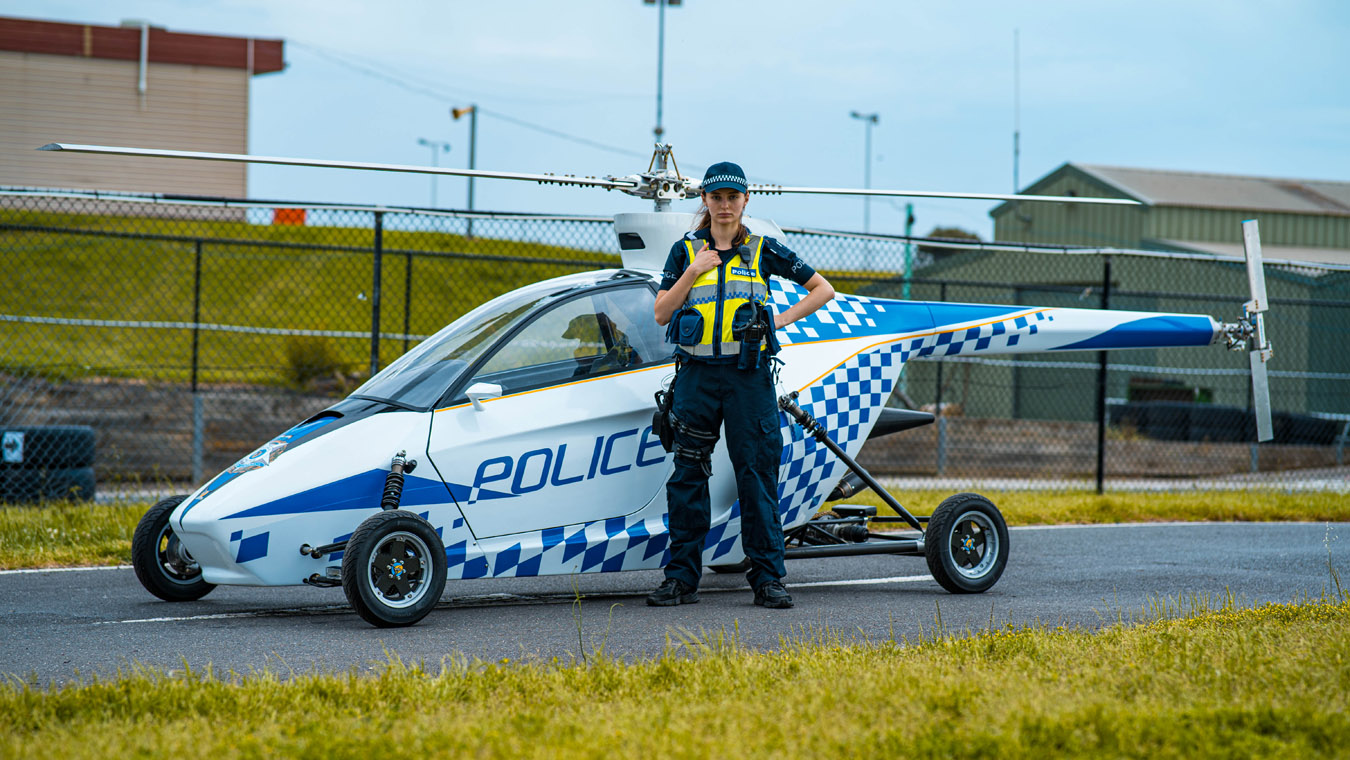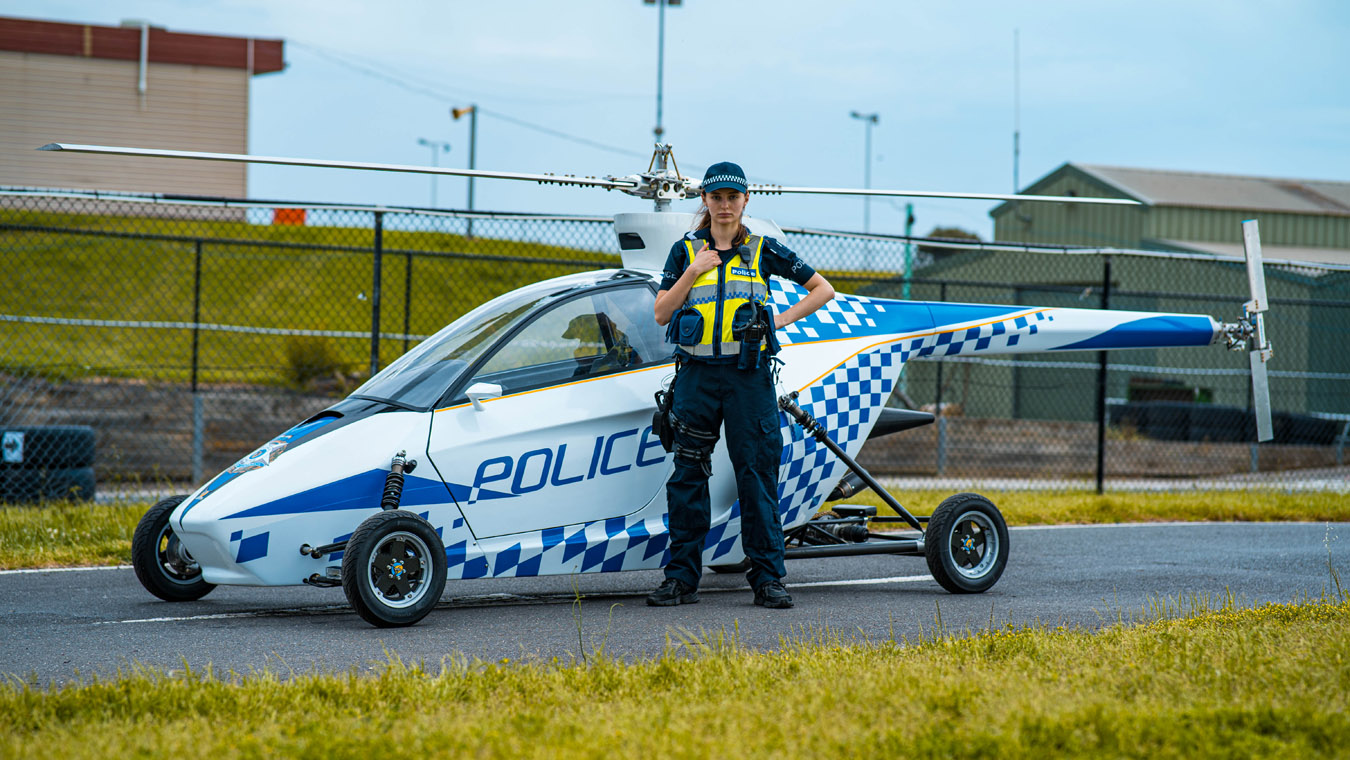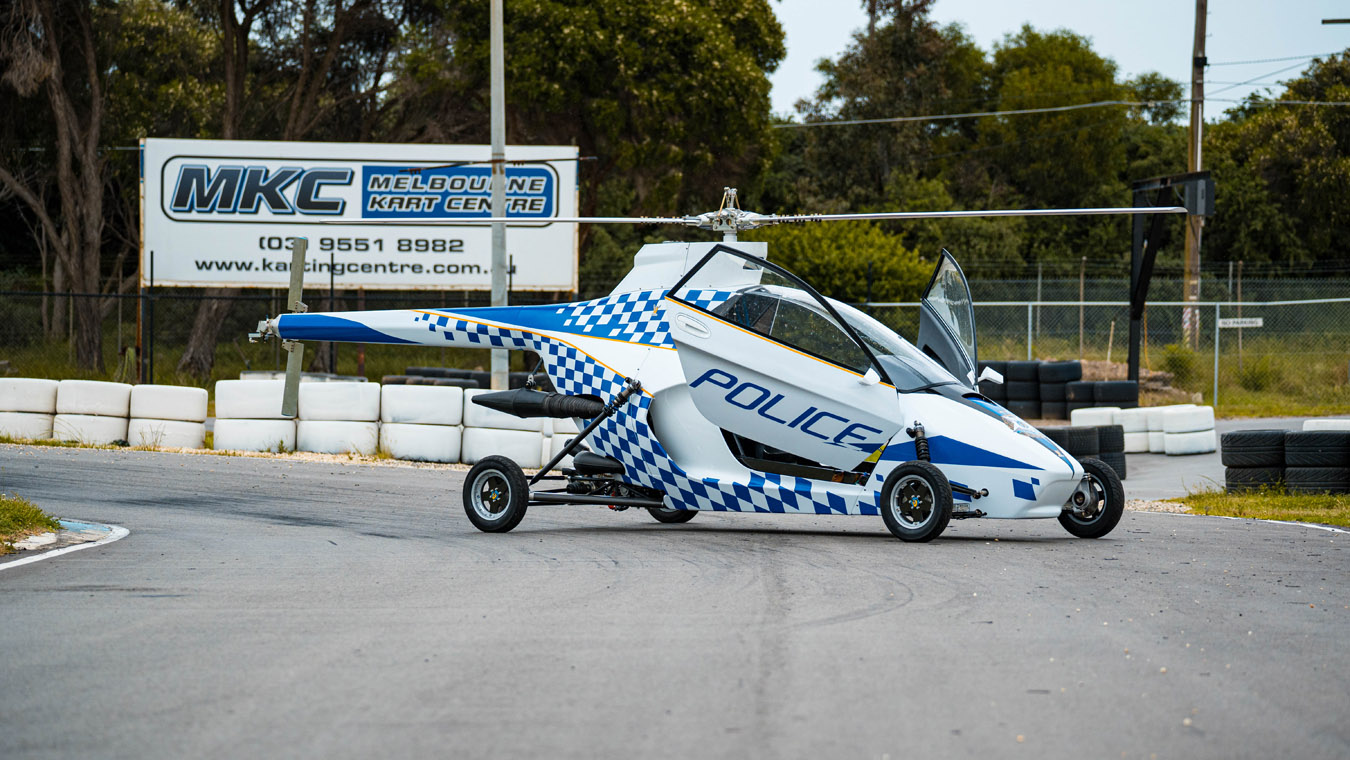The design process for the Pegasus E was initiated with a clear focus on solving key mobility challenges in both urban and remote environments - The process began with extensive market research to understand the specific needs of emergency services and personal transportation, setting the foundation for a vehicle that could seamlessly integrate into existing infrastructures without requiring runways.
To achieve this, a proprietary new manufacturing method was developed for the semi-monocoque chassis. This method significantly shortened production time to less than two days and required only minimal labour, avoiding the use of heavy composite manufacturing machinery. The chassis utilises aircraft-grade 6061 and 7075 T6 aluminium, certified 4130 Chromoly steel tubes, and advanced pre-preg carbon fibre to balance structural integrity for road use with the necessary lightness for flight.
A key feature of the Pegasus E is its hybrid power system, which uses both electric and petrol power to extend flight durations significantly beyond current eVTOL capabilities, addressing the common issue of range anxiety. The safety design includes emergency autorotation capabilities and a robust chassis that comply with the strictest CASA Airworthiness standards.
The vehicle’s controls are designed for ease of transition between modes, featuring automatic contractible controls that switch interfaces in three seconds, enhancing both safety and operational efficiency. The design also prioritised aerodynamics and aesthetics, incorporating dramatic supercar-like side intake pods and exposed carbon fibre panels that reflect a high-tech, functional styling suited for both air and road travel.
Throughout the design process, every decision was guided by the initial brief’s demands for safety, efficiency, and dual-functionality. The Pegasus E’s final implementation exceeded these criteria, demonstrating a professional execution of design that meets and surpasses the expectations for innovative air mobility solutions, ready for both emergency and personal applications.







